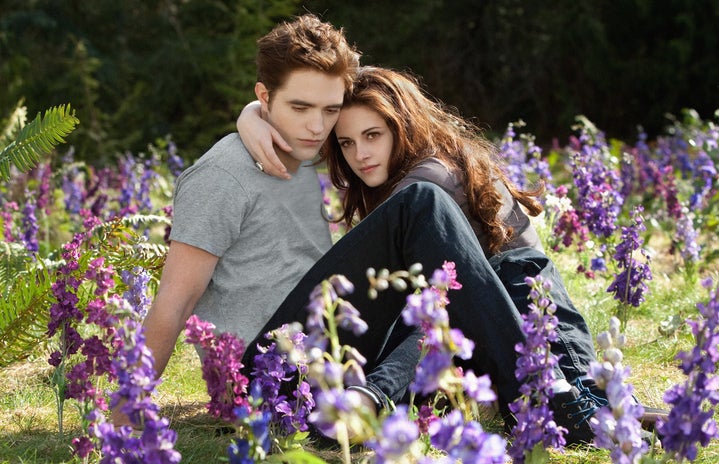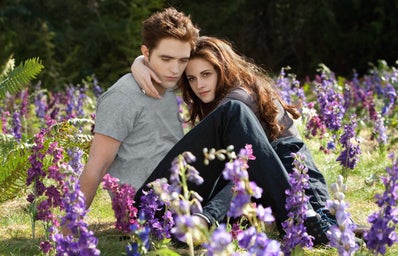Colleen Hoover has become the current hit writer of the ‘20s. Her books fill bookstores, taking up almost as much space as Harry Potter and its multiple editions. She has written twenty-six novels between 2012 and 2022. If that wasn’t impressive enough, she has begun self-publishing, and now two of these novels are going to be published in 2024 and 2026, while she raises three children. Respect. She has sold over 20 million books and likely has even more readers through used book purchases. But what are her books about, and why do they cause so much controversy? Why is her name a curse in the bookish world?
To answer this question, we should refer to what Colleen Hoover writes. She officially writes young adult fiction and new adult fiction, but her genre is usually romance. Her novels often portray heterosexual, intense relationships from the point of view of women. However, these protagonists (and other female characters) have been proclaimed to lack agency and are defined by their relationships with men. The same author of the article, as many others have, criticized the portrayal of toxic relationships, toxic masculinity, and other violent, distasteful elements. The concern? Young women are being influenced into thinking that toxic relationships are ideal.
Charmaine Lim talks about Hoover’s controversial books, and how Booktubers have responded negatively to them. One of her most important statements reads as follows:
“This is problematic because her books are often read by female audiences and wrongly marketed as young adult novels. Readers in their early teens are reading and posting about her works on TikTok, likely without their parent’s knowledge about the material in these books.”
Does this sound familiar? You have probably heard this before. More than once, to say the least. I will give you a hint: vampires and BDSM.
The Twilight phase was one of the cultural milestones of our generation. Whether you were a fan, a hater, or someone who watched the movies with binoculars, you have been affected by it in one way or another. One of the concerns that Twilight brought was the effects on its teenage audience, especially female teenagers. No one was concerned about the “Twilight Moms” though, albeit they were likely confused by it, but the critics were more concerned over the abusive, yet, not overtly recognized toxicity of the Twilight franchise. Neither the books nor the movies ever changed their ways. At most, Stephanie Meyer rewrote Twilight in reverse, ala gender-bending. Life and Death: Twilight Reimagined was published in 2015 and was Stephanie Meyer’s argument to the sexism accusations. It switched most of the characters’ binary genders, with names such as Beau and Edythe for the main couple. It should not surprise you that it had less effect than a fly on a napkin.
I think Deauna Roane put it best in her article, How Twilight’s Toxic Relationships Normalized Underage Grooming:
“When I watch the movies now, I not only internally cringe, but I panic, unable to understand the content that romanticizes such horrible relationship styles and abusive behaviors.
To name a few alarming issues present: codependency, control issues, manipulation, and depression. Not to mention the disturbing age gaps that would have Chris Hansen jumping out from behind a doorway.”
The article was written in 2021, looking back on the franchise with a wiser point of view. It must have been a universal experience for many of us: looking at the movies and books with a smarter perspective, laughing at our naive younger selves, yet having a sense of nostalgia towards the mediocrity that brought us so much intensity. Roane wouldn’t be the first nor the last to show concern toward teenage girls and their media consumption.
However, this concern wasn’t limited to teenagers. Let’s go to Twilight’s deviant descendant: Fifty Shades of Grey. If you somehow forgot, this franchise began as a Twilight fanfiction. As with After, The Mortal Instruments, and Dante’s Inferno, Fifty Shades of Grey would become its own “thing” with its own fans and critics. It would receive a large amount of both.
In 2017, Nadine Alaloul, a Her Campus alumni writer, wrote the following about Fifty Shades of Grey:
“The Fifty Shades of Grey trilogy and movie romanticizes an abusive relationship. When people hear “abuse,” they quickly assume that it must be physical. However, Fifty Shades of Grey was a mix of emotional, physical, and sexual abuse. Emotional abuse can be characterized as a series of repeated incidents that humiliate, isolate and control/manipulate another person.”
At the beginning of the article, she mentions that a young girl had romanticized the toxic relationship the movie portrays. Are you seeing the pattern here? Young girls are being influenced by fiction. They are, theoretically, learning from fictional characters.
Now let’s change the focused gender. Let’s go to the boys. What are the influences that young men are being negatively affected by: Andrew Tate, Jordan Peterson, and the incel movement. The social sciences faculty at Birmingham University published an article last year on this very topic. However, there was a difference that unsettled me. Boys were being influenced by real people.
“On face value to young men and boys [Andrew Tate] may seem appealing – he is young, fit, masculine, rich and owns fast cars and nice houses… The exposure of such content to often young, isolated, and vulnerable males can influence a belief that women are to blame for their low self-worth and their inability to progress within an intimate or sexual context… But the current position is clear – if people like Andrew Tate have gained traction, then as a society, we have failed our young men and boys. Recognising this, however hard it is to acknowledge, is the first step in addressing the problem.”
According to this piece, society has failed boys because they follow a real-life person who is toxic. Girls are influenced by fiction, and apparently, boys are influenced by deceit. This may or may not be a fact, but it seems as though “we have failed everyone,” and I’d agree.
Comparing Colleen Hoover with Andrew Tate is like comparing a raccoon to a croc. There’s nothing to compare. Yet, both are seen as an influence. But, only Andrew Tate is actually doing it on purpose, while Hoover is just writing her books and getting richer. So, maybe the arguments presented were all valid in their ways, but why the heck are we relying on someone or some fictional book to teach our youth? It’s important to be mindful of what readers expose themselves through fiction and to wisely separate it from the real world. Though fiction is limitless, how much readers should be influenced by it should indeed have a limit.

